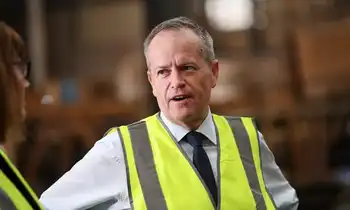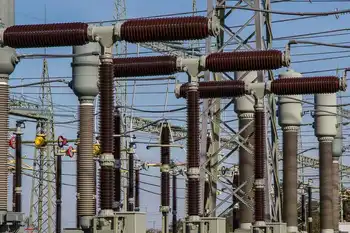Using sunlight to defeat sun's heat
By Marketwire
NFPA 70e Training
Our customized live online or in‑person group training can be delivered to your staff at your location.

- Live Online
- 6 hours Instructor-led
- Group Training Available
The uniquely designed technologies — parabolic trough solar collectors and flat reflecting mirror solar collectors — installed at The Gas Company's Energy Resource Center in Downey, Calif., use mirrors and tracking systems to capture the sun's energy and focus the sunlight onto a tube that contains water. The resulting solar-heated hot water is used in place of electricity or natural gas to power the air-conditioning process to provide 10 tons of cooling, or enough air conditioning to cool three average-sized homes.
Air conditioning typically accounts for more than 50 percent of a building's electrical usage. Solar-driven air conditioning provides cooling in the middle of the day when it is most needed, helping reduce energy usage during hours when electric rates are at their peak. This helps reduce customer costs, greenhouse-gas emissions and provides a sustainable renewable alternative.
"We are excited about the potential of these advanced solar power systems to provide costs savings, sustainable energy and lead to the creation of green jobs," said Hal D. Snyder, vice president of customer solutions for The Gas Company. "This project will help commercialize these solar technologies and provide a renewable resource to our customers, which contributes to California's renewable energy goals."
Solar-thermal air conditioning has great market potential because of the positive approach to energy conservation and electric demand reduction, said Snyder. It improves the resilience of buildings and processes to grid outages, as well as enables businesses to meet government-mandated green-energy targets by reducing their carbon footprint, he added.
The concentrated solar technologies being tested, which are manufactured by Sopogy Inc. of Honolulu and HelioDynamics Ltd. of Cambridge, UK, are unique in that they are modular and small enough in scale to be installed on commercial, industrial and institutional building rooftops. They require less space than flat-panel photovoltaic systems, yet provide more solar power and increased efficiencies due to the use of reflectors to intensify and concentrate sunlight onto a focal point.
Next year, electric generation capability will be added to the test site. It is expected that the solar demonstration at the Energy Resource Center will continue beyond the initial two years as new concentrated solar collector designs become available.











